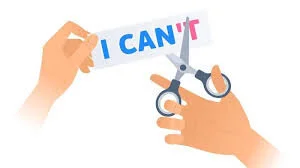The Real Fear of Curriculum Change
Most school curriculums are filled with canonical texts produced by predominantly dead white men. The “classics” are reflective of their time when the world believed that only white men could create noteworthy scholarship because of their superior knowledge (and the fact that they controlled the means of production). As a result, white men and their work became the default, the baseline for great education. The Native American, Black, Women, Pride, Latinx, Asian/Pacific Islander, Disability Awareness history and heritage months challenge this narrative and highlight that their accomplishments and contributions have often been forgotten, erased, and ignored. The inclusion of these marginalized voices would provide a more full representation of our history, present, and futures.
Pushback against curriculum audits and changes operate like a dog whistle for white supremacy because many are worried that the educational standards will be lowered with the diversification of the curriculum. The concern hides an implicit argument that BIPOC, women and others produce inferior work compared to the canonical pieces generated by white men. This fear of a less rigorous academic experience perpetuates white supremacy, “the belief that white people and those considered white people are superior to other races and thus should dominate and control society,” because it subtly asserts that the work of differently identified people pales in comparison to whiteness.
Families in independent schools are deeply invested in the value of education. Yet, the whiteness of rigor prevents them from experiencing the multicolored, multifaceted curiosity, where the learning and growth reside. Families and adults in the community concerned about the inclusion of different texts into the curriculum need to question, what is at the core of my discomfort? If the answer is that the quality of education will be weakened, then one must wrestle with the white supremacist thinking that permeates that response.

